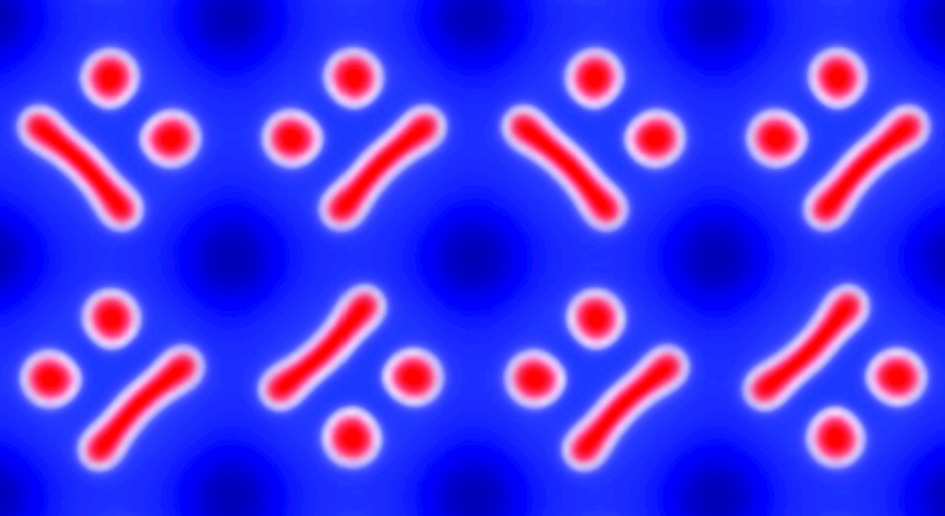https://doi.org/10.1140/epjb/s10051-025-01010-4
Research - Condensed Matter
Ordered and disordered skyrmion states on a square substrate
1
POSMAT-Programa de Pós-Graduação em Ciência e Tecnologia de Materiais, School of Sciences, São Paulo State University (UNESP), 17033-360, Bauru, SP, Brazil
2
Theoretical Division and Center for Nonlinear Studies, Los Alamos National Laboratory, 87545, Los Alamos, NM, USA
3
“Gleb Wataghin” Institute of Physics, University of Campinas, 13083-859, Campinas, São Paulo, Brazil
4
Department of Physics, School of Sciences, São Paulo State University (UNESP), 17033-360, Bauru, SP, Brazil
Received:
30
April
2025
Accepted:
22
July
2025
Published online:
29
July
2025
We examine the ordering of skyrmions interacting with a square substrate created from a modulation of anisotropy using atomistic simulations. We consider fillings of f = 1.5, 2.0, 2.5, 3.0, and 3.5 skyrmions per potential minimum as a function of magnetic field and sample size. For a filling of f = 2.0, we find various dimer orderings, such as tilted dimer states, as well as antiferromagnetic ordering that is similar to the colloidal dimer ordering seen on square substrates. The ability of the skyrmions to change shape or annihilate produces additional states that do not occur in the colloidal systems. For certain parameters at f = 2.0, half of the skyrmions can annihilate to form a square lattice, or a superlattice of trimers and monomers containing skyrmions of different sizes can form. At lower fields, ordered stretched skyrmion states can appear, and for zero field, there can be ordered stripe states. For f = 3.0, we find ferromagnetic ordered trimers, tilted lattices, columnar lattices, and stretched phases. For fillings of f = 1.5 and 2.5, we find bipartite lattices, different ordered and disordered states, and several extended disordered regions produced by frustration effects.
Copyright comment Springer Nature or its licensor (e.g. a society or other partner) holds exclusive rights to this article under a publishing agreement with the author(s) or other rightsholder(s); author self-archiving of the accepted manuscript version of this article is solely governed by the terms of such publishing agreement and applicable law.
© The Author(s), under exclusive licence to EDP Sciences, SIF and Springer-Verlag GmbH Germany, part of Springer Nature 2025
Springer Nature or its licensor (e.g. a society or other partner) holds exclusive rights to this article under a publishing agreement with the author(s) or other rightsholder(s); author self-archiving of the accepted manuscript version of this article is solely governed by the terms of such publishing agreement and applicable law.





